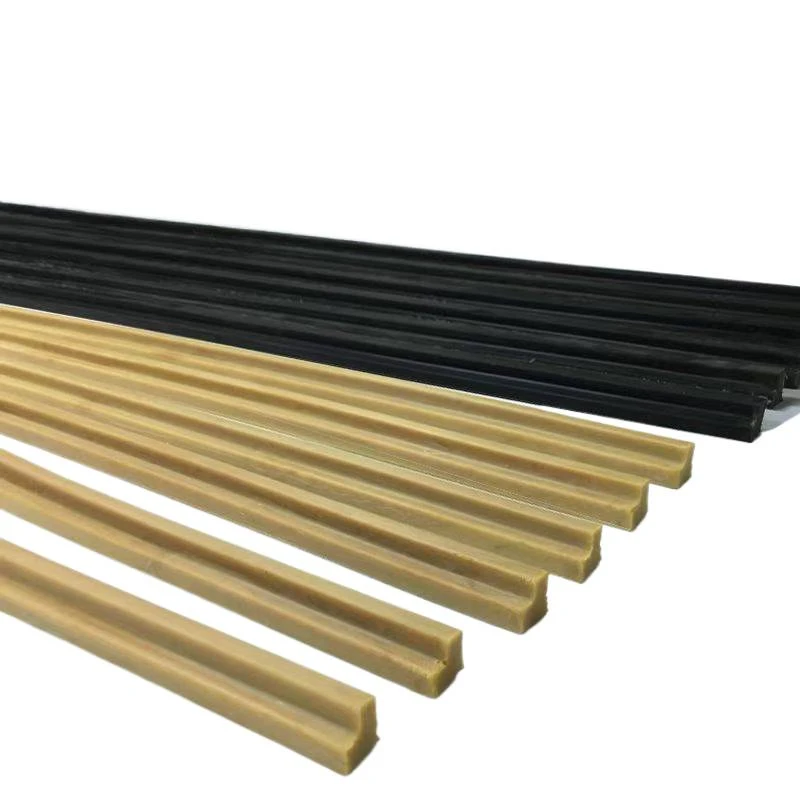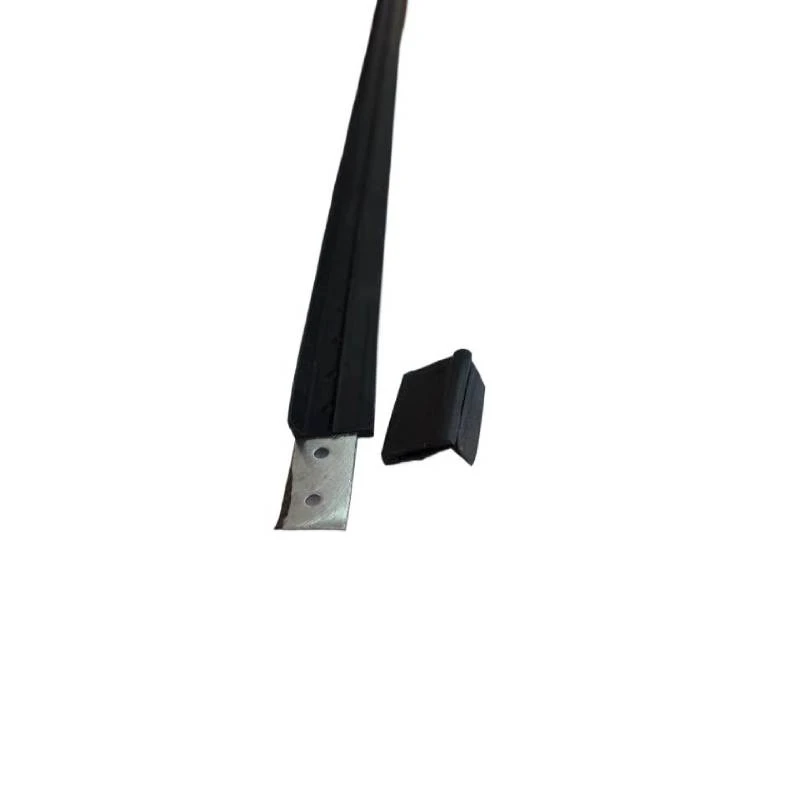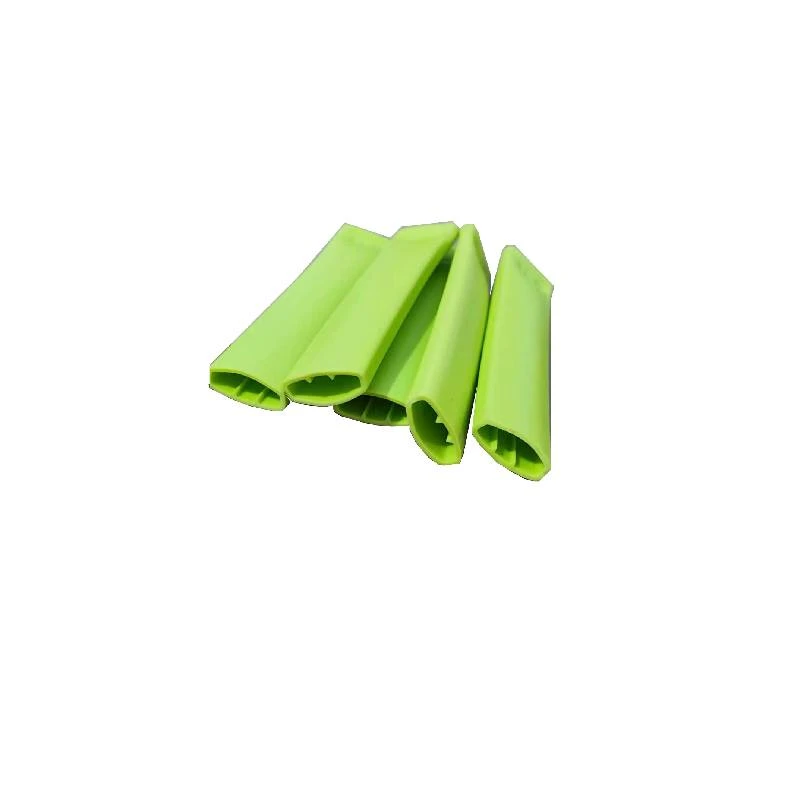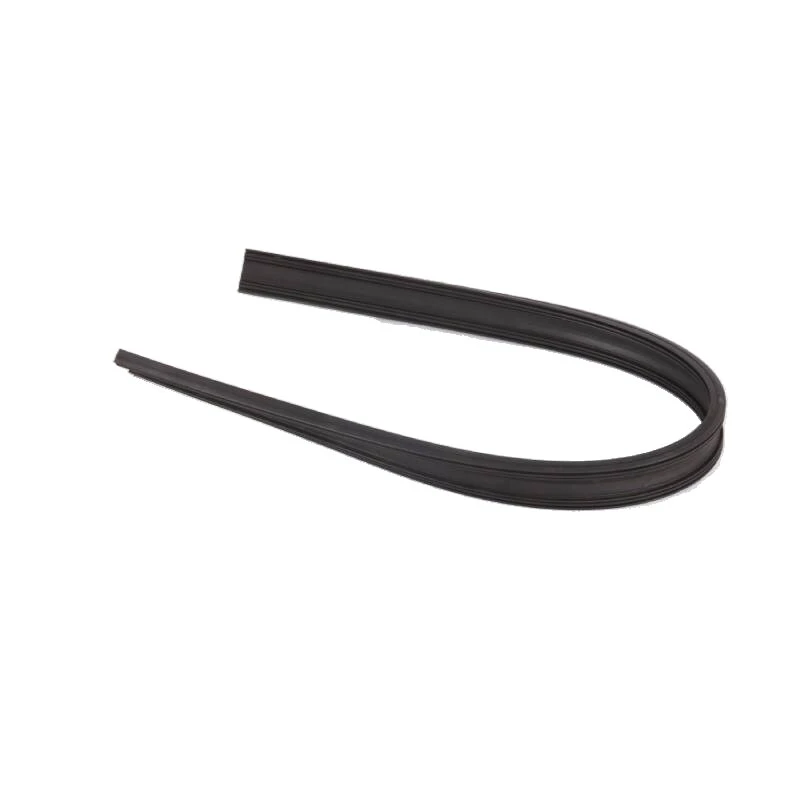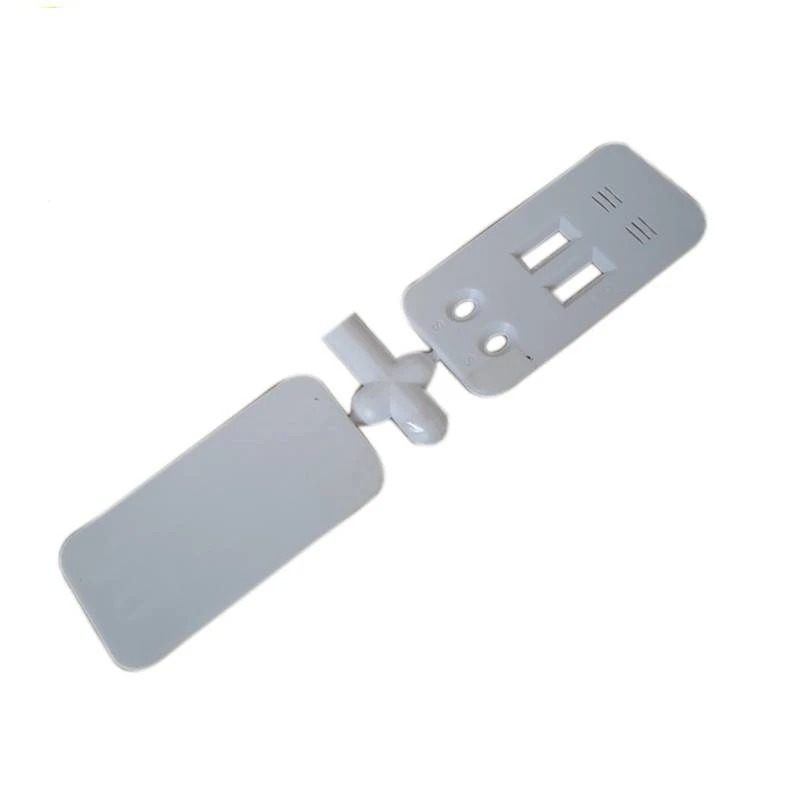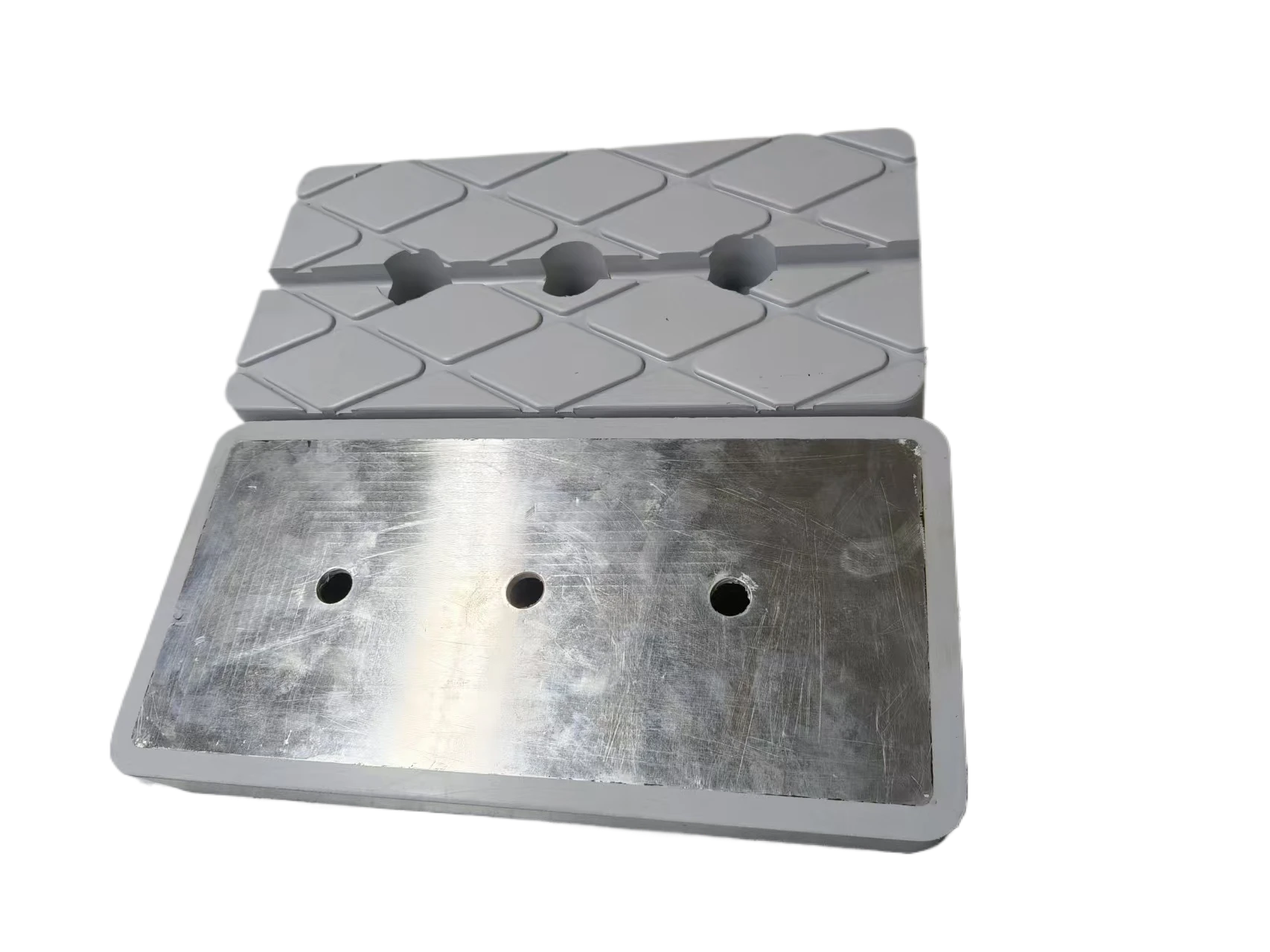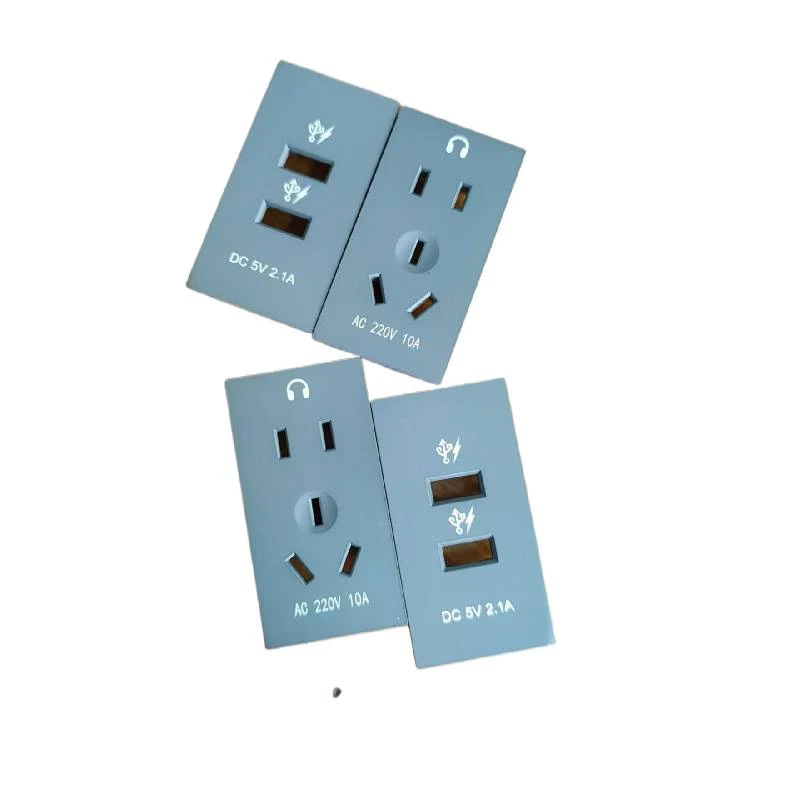
- Afrikaans
- Albanian
- Amharic
- Arabic
- Armenian
- Azerbaijani
- Basque
- Belarusian
- Bengali
- Bosnian
- Bulgarian
- Catalan
- Cebuano
- chinese_simplified
- chinese_traditional
- Corsican
- Croatian
- Czech
- Danish
- Dutch
- English
- Esperanto
- Estonian
- Finnish
- French
- Frisian
- Galician
- Georgian
- German
- Greek
- Gujarati
- haitian_creole
- hausa
- hawaiian
- Hebrew
- Hindi
- Miao
- Hungarian
- Icelandic
- igbo
- Indonesian
- irish
- Italian
- Japanese
- Javanese
- Kannada
- kazakh
- Khmer
- Rwandese
- Korean
- Kurdish
- Kyrgyz
- Lao
- Latin
- Latvian
- Lithuanian
- Luxembourgish
- Macedonian
- Malgashi
- Malay
- Malayalam
- Maltese
- Maori
- Marathi
- Mongolian
- Myanmar
- Nepali
- Norwegian
- Norwegian
- Occitan
- Pashto
- Persian
- Polish
- Portuguese
- Punjabi
- Romanian
- Russian
- Samoan
- scottish-gaelic
- Serbian
- Sesotho
- Shona
- Sindhi
- Sinhala
- Slovak
- Slovenian
- Somali
- Spanish
- Sundanese
- Swahili
- Swedish
- Tagalog
- Tajik
- Tamil
- Tatar
- Telugu
- Thai
- Turkish
- Turkmen
- Ukrainian
- Urdu
- Uighur
- Uzbek
- Vietnamese
- Welsh
- Bantu
- Yiddish
- Yoruba
- Zulu
Unlock Smooth Performance with High-Quality Freezer Hinges
When it comes to ensuring optimal functionality and energy efficiency in refrigeration equipment, freezer hinges play a more important role than most people realize. Whether you're managing a bustling commercial kitchen or maintaining residential appliances, investing in premium freezer hinges can drastically improve door alignment, insulation, and ease of use.
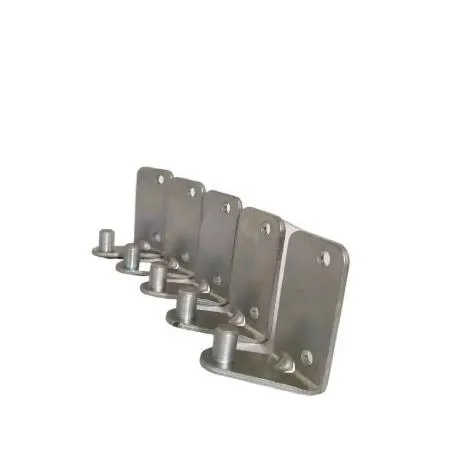
How Freezer Hinges Work to Ensure Seal Integrity and Smooth Operation
The primary job of freezer hinges is to enable seamless opening and closing of refrigeration doors while maintaining the air-tight seal that keeps internal temperatures stable. Typically made from robust stainless steel or zinc alloys, these hinges are designed to handle repeated movement under extreme temperature variations.
One major function of fridge door hinges is to facilitate self-closing and tight-sealing actions. Most models come with built-in spring mechanisms or cam-lift designs that automatically pull the door shut when it reaches a certain angle. This self-sealing ability is crucial in commercial freezer door hinges, where doors are frequently opened and closed during high-paced operations.
Additionally, hinges bear the load of heavy doors, sometimes lined with thick insulation. Therefore, selecting the right refrigerator door hinges types ensures stability, helps prevent wear and tear on gaskets, and contributes to better energy savings.
How to Know When Your Freezer Hinges Need Replacement
Even the best freezer hinges wear out over time due to constant use, environmental conditions, or accidental damage. If your refrigerator or freezer door no longer aligns properly, or if it fails to seal tightly, the hinges may be the culprit. In commercial settings, a worn fridge door hinge can lead to temperature fluctuations that compromise food safety.
Other signs include visible rust or corrosion on the hinge body, resistance during movement, or doors that sag or won't remain closed. Misalignment between the door and body frame may also indicate that your commercial freezer door hinges need replacement.
Regular maintenance is key. Checking the tension and lubricating the joints can extend hinge lifespan. However, if your hinges are no longer responsive or produce grinding noises, a swift replacement will prevent costly energy loss and potential damage to the refrigeration unit.
Exploring the Different Types of Freezer Hinges: Upper vs. Lower
Understanding refrigerator door hinges types helps in choosing the right component for your application. In most refrigeration systems, the door is supported by a pair of hinges: an upper hinge and a lower hinge. Each serves a unique purpose.
The upper hinge stabilizes the top of the door and often houses the pivot pin that controls its swing path. It plays a key role in ensuring the door opens smoothly and stays in alignment. Meanwhile, the lower hinge supports the bulk of the door’s weight and is frequently the first component to show wear.
Some commercial freezer door hinges incorporate lift-off features, allowing for easier removal of doors during cleaning or maintenance. Others are adjustable to fine-tune door positioning without complete disassembly. Whether you’re dealing with walk-in freezers or under-counter units, choosing a hinge type that aligns with your appliance design is critical.
Advantages of Premium Freezer Hinges in Commercial Applications
In commercial kitchens, walk-in freezers, and refrigerated display cases, commercial freezer door hinges are constantly under pressure. These environments demand components that are not only durable but also sanitary, efficient, and easy to maintain.
High-quality freezer hinges contribute to long-term operational efficiency. By maintaining a perfect seal, they reduce compressor workload, lower energy bills, and protect inventory from spoilage. Modern fridge door hinges also support ergonomic access, allowing staff to work more efficiently.
Customization is another important factor. Leading manufacturers now offer refrigerator door hinges types tailored for different usage intensities, material requirements, and mounting preferences. Whether you need concealed hinges for sleek design or heavy-duty hinges for industrial refrigeration, the right product exists to match your needs.
Many freezer hinges come with NSF certification, making them suitable for food-safe environments. Some are also corrosion-resistant and designed to withstand harsh cleaning chemicals, ensuring hygiene without compromising durability.
Freezer Hinges FAQs
What causes freezer hinges to wear out prematurely?
Frequent door slamming, misalignment, or lack of lubrication can cause freezer hinges to degrade faster. High humidity and exposure to cleaning agents may also accelerate corrosion.
Are upper and lower freezer hinges interchangeable?
No, upper and lower refrigerator door hinges types serve different functions. The upper hinge supports alignment, while the lower hinge bears the door’s weight. Always install each in its designated position.
How do I know which commercial freezer door hinge to buy?
Match the hinge model with your unit’s brand, door weight, and usage environment. Consult the equipment manual or contact commercial freezer door hinges specialists for guidance.
Can I install new freezer hinges myself?
Yes, if you have basic mechanical skills and the right tools. However, professional installation is recommended for larger fridge door hinges or walk-in units to ensure alignment and sealing.
Where can I find reliable freezer hinge manufacturers?
You can source high-quality freezer hinges directly from industry-leading suppliers who offer full customization, certification, and OEM compatibility. Choose trusted brands for long-term reliability.
-
Plastic Pelton Wheel – Lightweight, Cost-Effective Hydropower SolutionsNewsNov.24,2025
-
Durable and Cost-Effective Plastic Sheave Wheels for Modern IndustryNewsNov.24,2025
-
Plastic Spoke Wheel – Lightweight, Durable Wheels for Global Mobility SolutionsNewsNov.24,2025
-
Plastic Stem Casters: Durable, Cost-Effective Mobility Solutions for Every IndustryNewsNov.24,2025
-
Plastic Wheel Roller: Durable, Lightweight Solutions for Modern IndustryNewsNov.24,2025
-
Plastic Wheelchair Wheels: Durable, Affordable Mobility Solutions WorldwideNewsNov.24,2025
-
Small Plastic Casters – Durable, Lightweight Wheels for Global MobilityNewsNov.24,2025



